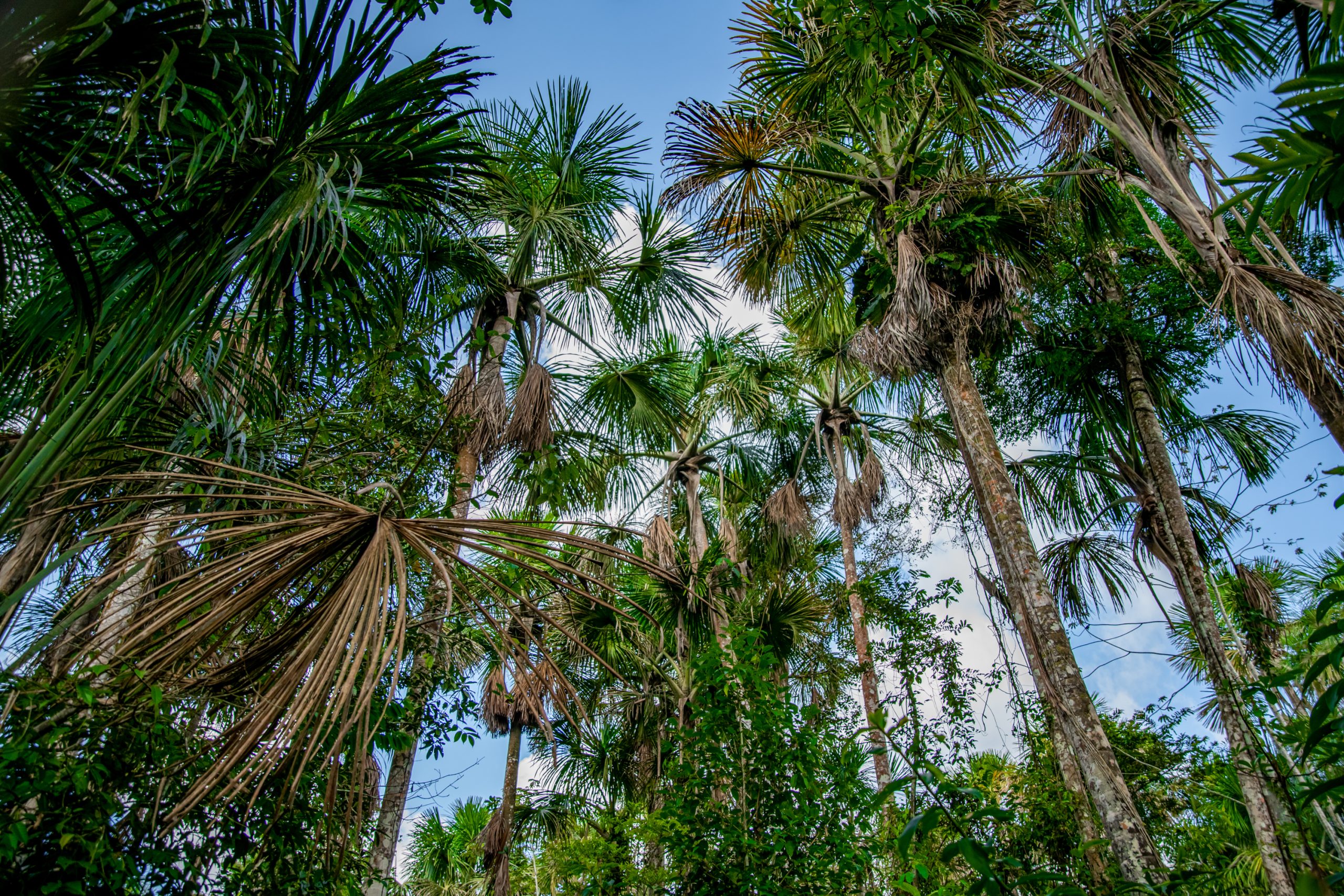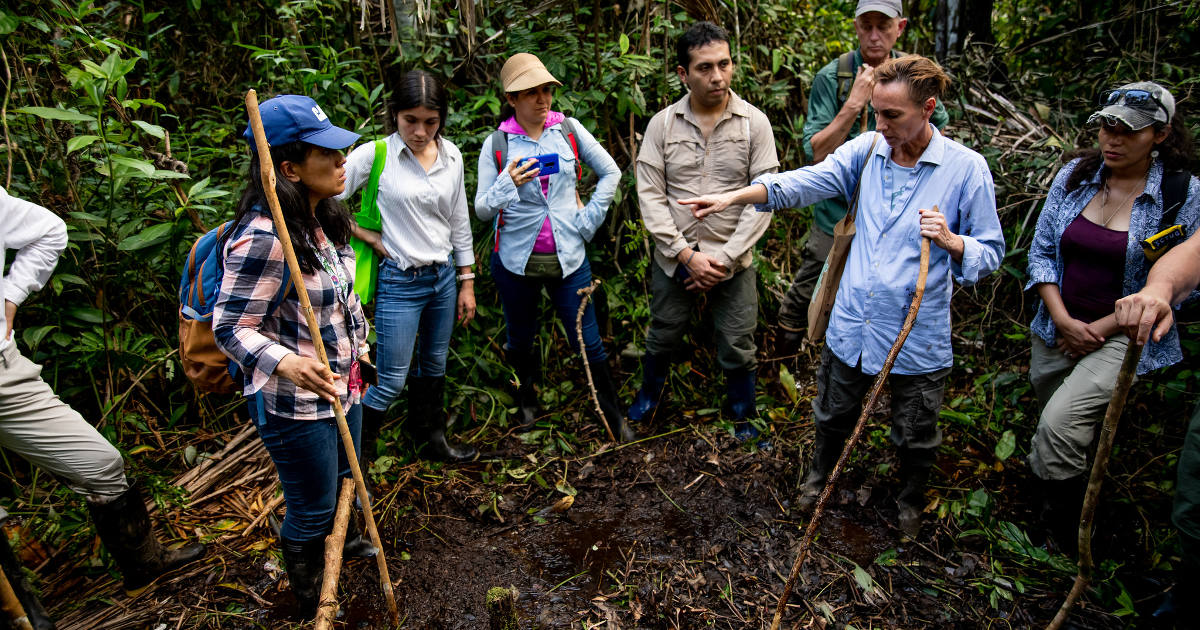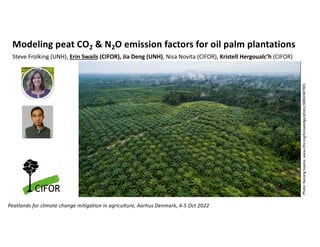Tropical peatlands and peat swamp forests account for a small percentage of the world’s peatlands, yet these ecosystems play an important role in the global carbon cycle. Despite covering only three percent of the Earth’s terrestrial area, peatlands can store twice as much carbon as all the world’s forests combined. Peatlands also provide numerous ecosystem services, ranging from regulating (climate, flood and pollution abatement); provisioning (food, fibre, water and genetic resources); supporting (biodiversity, primary production and nutrient cycling); and sociocultural (cultural use, recreation and education). Peatlands can be characterized as freshwater wetlands.
Despite their importance, peatlands have been degraded and converted for agriculture and plantations through draining and burning. Peatland degradation contributes approximately two billion metric tons of carbon dioxide annually, not only adding harmful greenhouse gases to the atmosphere, but also damaging air quality with the occurrence of peat fires. Other associated losses or reduced ecosystem services include drought, loss of habitat for peatland flora and fauna and loss of economic benefits for communities. In recent years, advances in research and enhanced understanding of peatland functions have resulted in renewed attention towards their importance. Peatlands are recognized for their capacity to offer climate change mitigation and adaptation pathways through conservation and appropriate management.




















